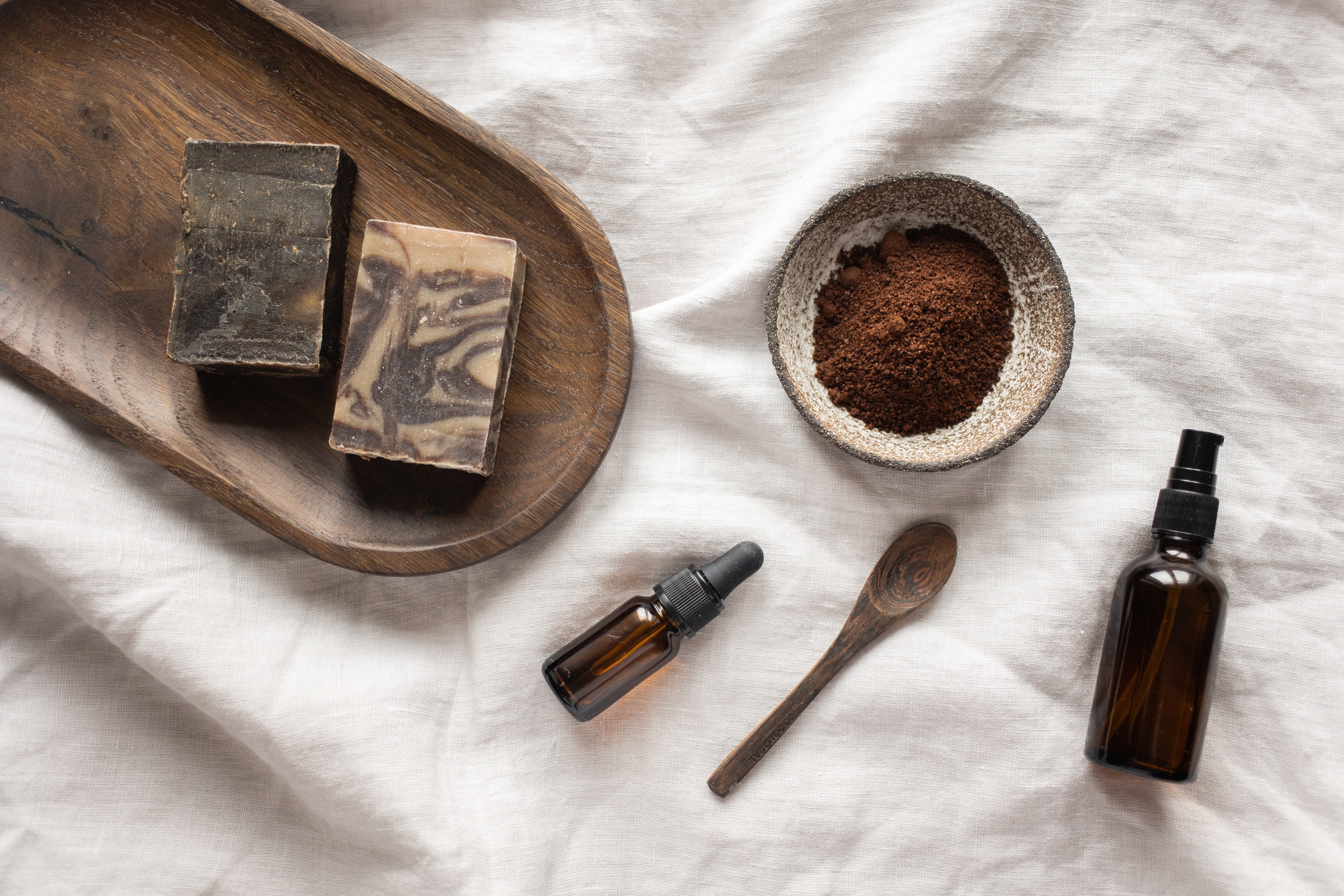
Guide to Self Abhyanga Massage
Abhyanga ("oil massage") is a form of Ayurvedic therapy that involves massaging the entire body from head to toe with warm oil and an infusion of plants specific to each dosha. The oil is usually pre-mixed with plants for specific conditions.
In Sanskrit, abhyanga means "massaging the limbs of the body" or "glowing body." It is derived from abhi, meaning " within" or "glowing", and anga, meaning "limb".
Abhyanga can be done as part of the Panchakarma therapy stages, especially the first stage, Purva Karma (pre-treatment), or as its own therapy.
Abhyanga as prescribed in the Brhat Trayi and Laghutrayee texts is vigorous and is intended to open the minor srotas, remove ama (toxins) through the skin, melt kleshma (fat secretions that block the srotas), and cleanse and moisturise the skin.
Abhyanga can also be used to relieve Vata, Pitta, and Kapha Dosha imbalances, which will bring deep relaxation to the body and a peaceful mind. In order to correct a specific Dosha imbalance, a specific Dosha base and herbal oil blend can be used.
It is often followed by Svedana therapy or a hot bath. Abhyanga can be performed by one or more therapists working in sync, but can also be done by oneself. The oils used can change based on the time of year and how out of balance a person's body is (Vkrtti).
The benefits of Abhyanga include:
- Helps reduce stress.
- It helps lower blood pressure.
- Increases blood flow to the skin.
- Wrinkles, cellulite, and scars are reduced in appearance.
- It increases the smoothness and elasticity of the skin.
- Helps in reducing hyperpigmentation.
- It helps in reducing muscle stiffness.
- Encourages lymphatic drainage.
- It has the potential to increase your energy and alertness.
- It has the potential to improve your physical strength.
- May help delay the onset of age-related changes.
Although little research has been done on abhyanga, it has been practised for thousands of years. Many people have claimed positive results from this treatment and continue to use it.
The benefits of massage in general have been proven in studies. The benefits of abhyanga are most likely due to this fact.

It can be very relaxing to receive abhyanga from a massage professional. Abhyanga, on the other hand, can be used as a kind of self-massage. This means that you can enjoy a massage whenever it is most convenient for you.
For strong vata aggravation
The right time for abhyanga is 30 minutes before sunrise or just close to sunrise.
For strong Kapha aggravation
The right abhyanga time is around sunrise or within 30 minutes after sunrise.
How to do the Abhyanga massage:
- Choose the right oil based on your dosha type and pour it into a jar.
- Heat the oil by placing the bowl in a container of hot water.
- Once the oil is heated, remove the jar from the bowl with hot water.
- Remove your clothes and sit on a towel. Warm the room first if necessary.
- Start by applying it to the scalp. Circular motions should be used to massage the oil into your scalp.
- Then apply the oil to your face. Massage the entire face, including the ears.
- Next, massage your neck, shoulders, and chest. Massage your chest and abdomen with circular and clockwise motions.
- Massage inward along the ribs of your torso.
- Proceed to your back and buttocks.
- Massage your arms and legs in long, straight movements. At your joints, move in circular motions.
- To finish, massage your toes and soles, as well as your feet.
- Massage for about 15 minutes and let the oil permeate the skin for another 15 minutes while you relax.
- Use the towel to remove the excess and take a bath or shower in warm water. To remove the oil, use a mild cleanser.

Tips:
- Make sure the oil is heated but not too hot before using it.
- Use an old towel to wipe off the oil stains.
- Take your time on each part of your body.
- When walking after massaging your feet with oil, be cautious. It is possible that the oil will make you slip.
- When you get out of the shower, use a clean towel.
- Abhyanga is recommended once a day for the best benefits.
Oils to apply according to your Dosha:
Your "dosha," or body type, determines the best oil for abhyanga. There are three doshas in Ayurveda that determine which oils you need to promote balance and health.
-
Vata (dry skin)
Heavy oils, such as Oil for Dosha Vata, Sweet Almond Oil, Sesame Oil, or Avocado Oil. Essential Oils of Sandalwood, Pine, Orange, Jasmine, and Tulsi. -
Pitta (sensitive or overheated skin)
Use Oil for Pitta Dosha or apply a neutral oil such as Coconut Oil, Neem Oil, or Sunflower Oil. Essential Oils of Sandalwood, Pine, Jasmine, and Tulsi. -
Kapha (oily skin)
Use a light oil such as Oil for Kapha Dosha, Sesame Oil, Flaxseed Oil, Sunflower Oil, or Mustard Oil to massage your skin. For Kapha, less oil is usually needed. Tulsi, Sandalwood, and Cedar are essential oils for Kapha.
Each base (vegetable) oil can be used alone or in combination with other vegetable oils and essential oils; however, when mixing with essential oils, keep in mind that you should not exceed 1% of the total content; for example, if you are using 10 ml of massage oil, do not add more than 0.1 ml of essential oil. One drop of essential oil equals 0.05 ml, while two drops equals 0.1 ml (approximate).
Final Thoughts
Although little research has been done on abhyanga, the massage is an ancient practice. It is thought to promote well-being and balance, as well as stress relief and healthy skin.
The technique involves massaging each part of the body with warm oil. Massage has been shown to improve relaxation, blood flow, and overall health.
If you are pregnant, have a skin infection, a broken bone, or a long-term illness, it may not be safe for you to massage yourself.
If you want to try abhyanga self-massage, consult a doctor first. Massage is not appropriate for all conditions.
Keep in mind that the information in www.arogya.earth/en is not intended to cure or prevent any disease or medical condition, and is not intended to replace other therapies or medical advice.
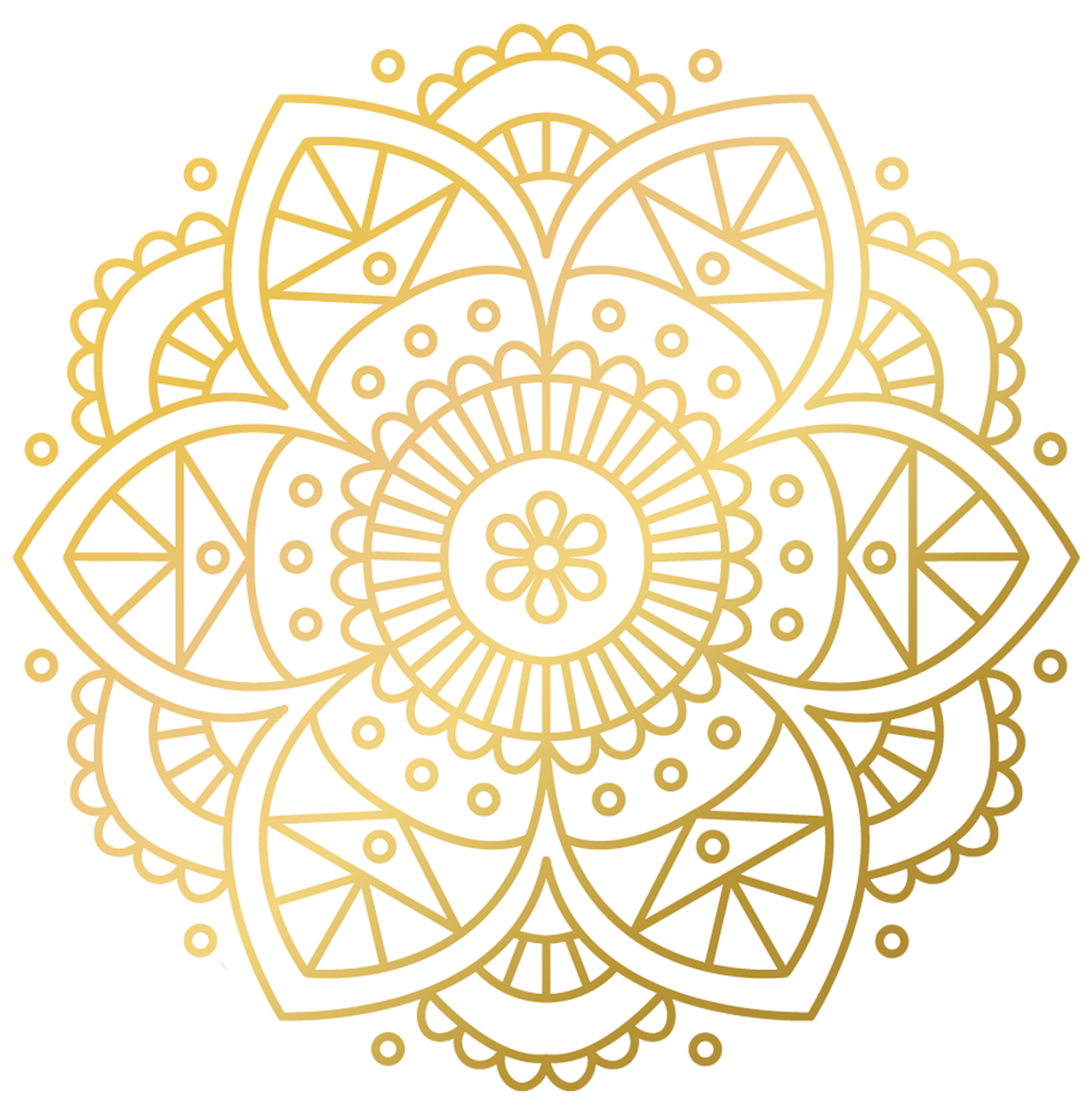


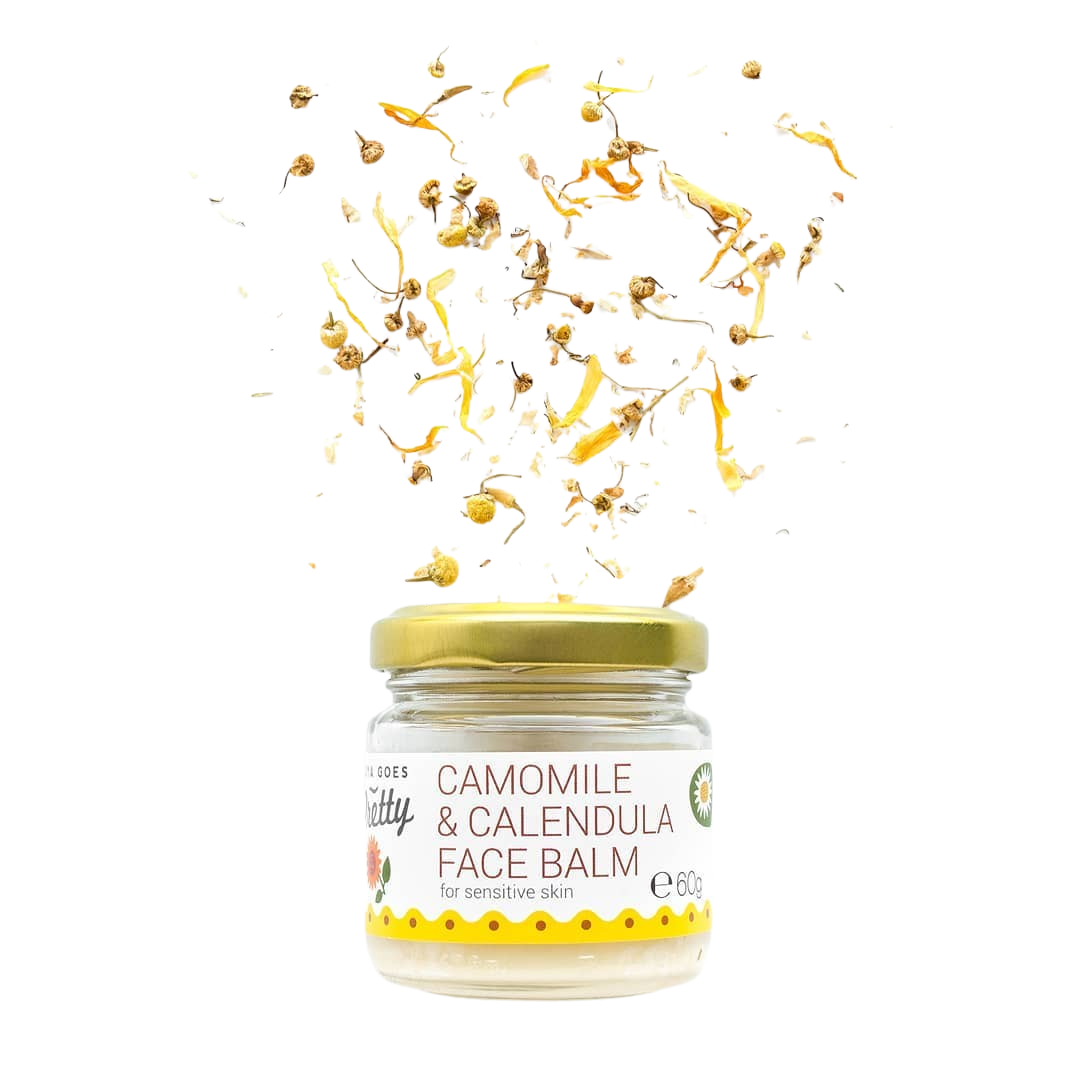
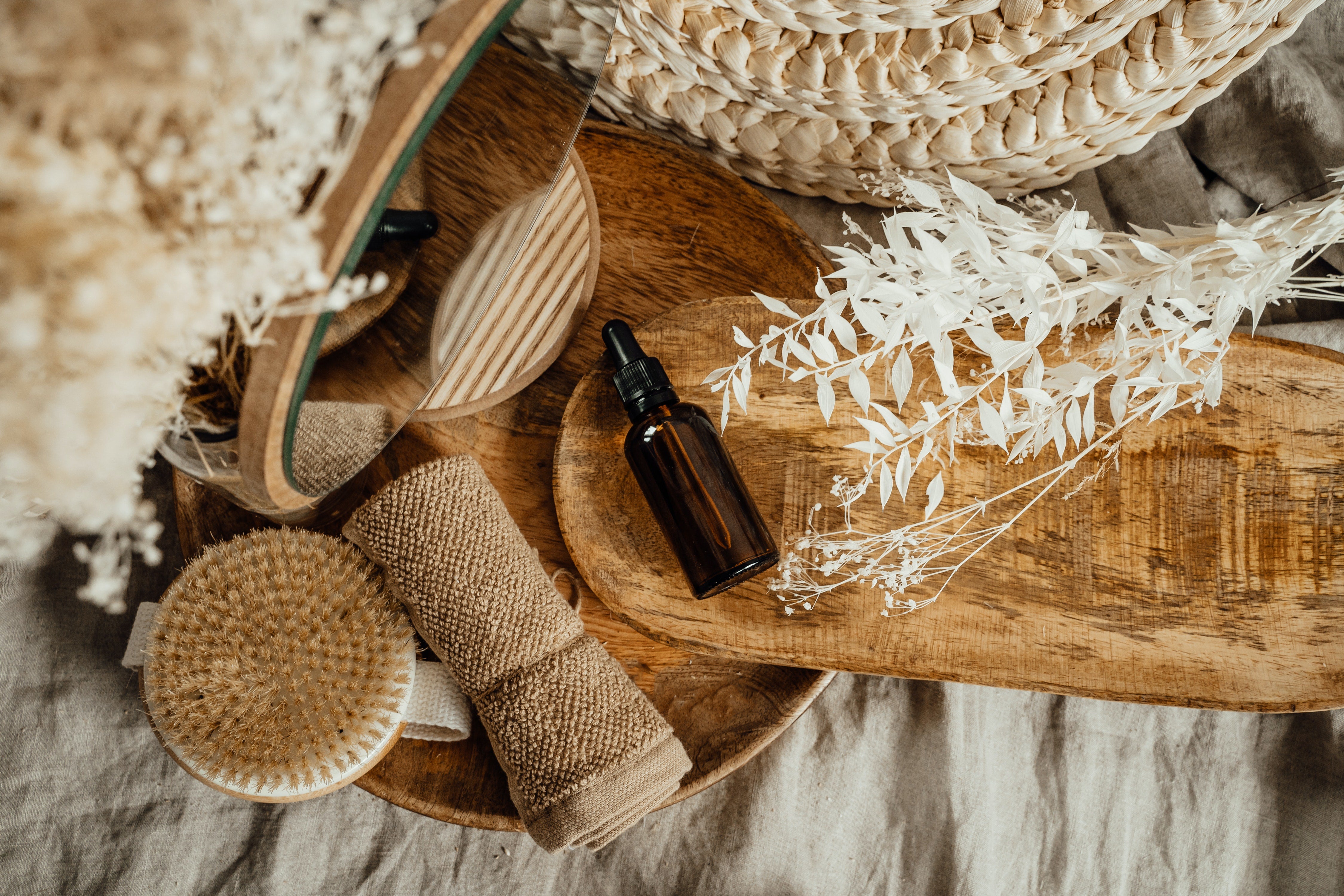
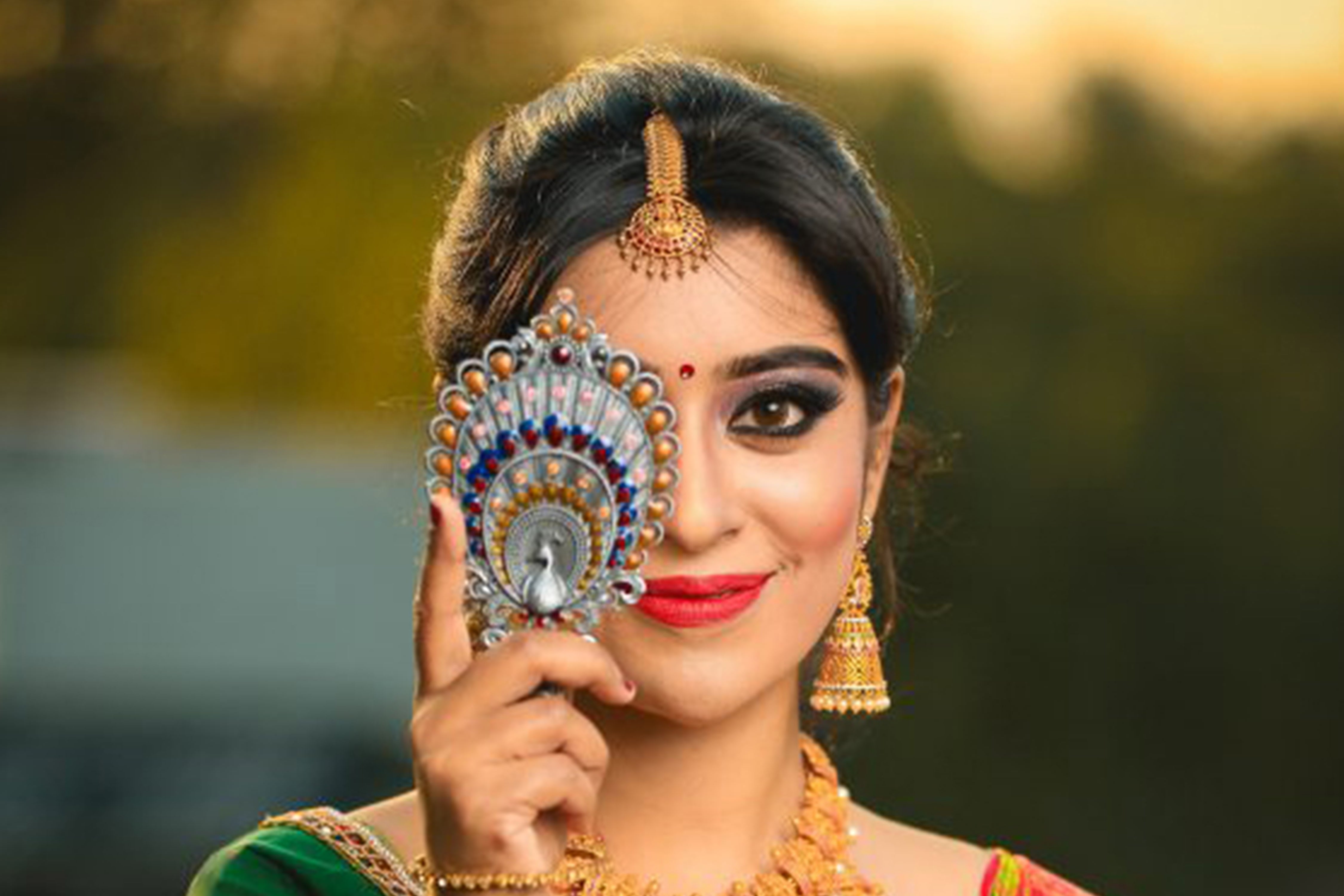
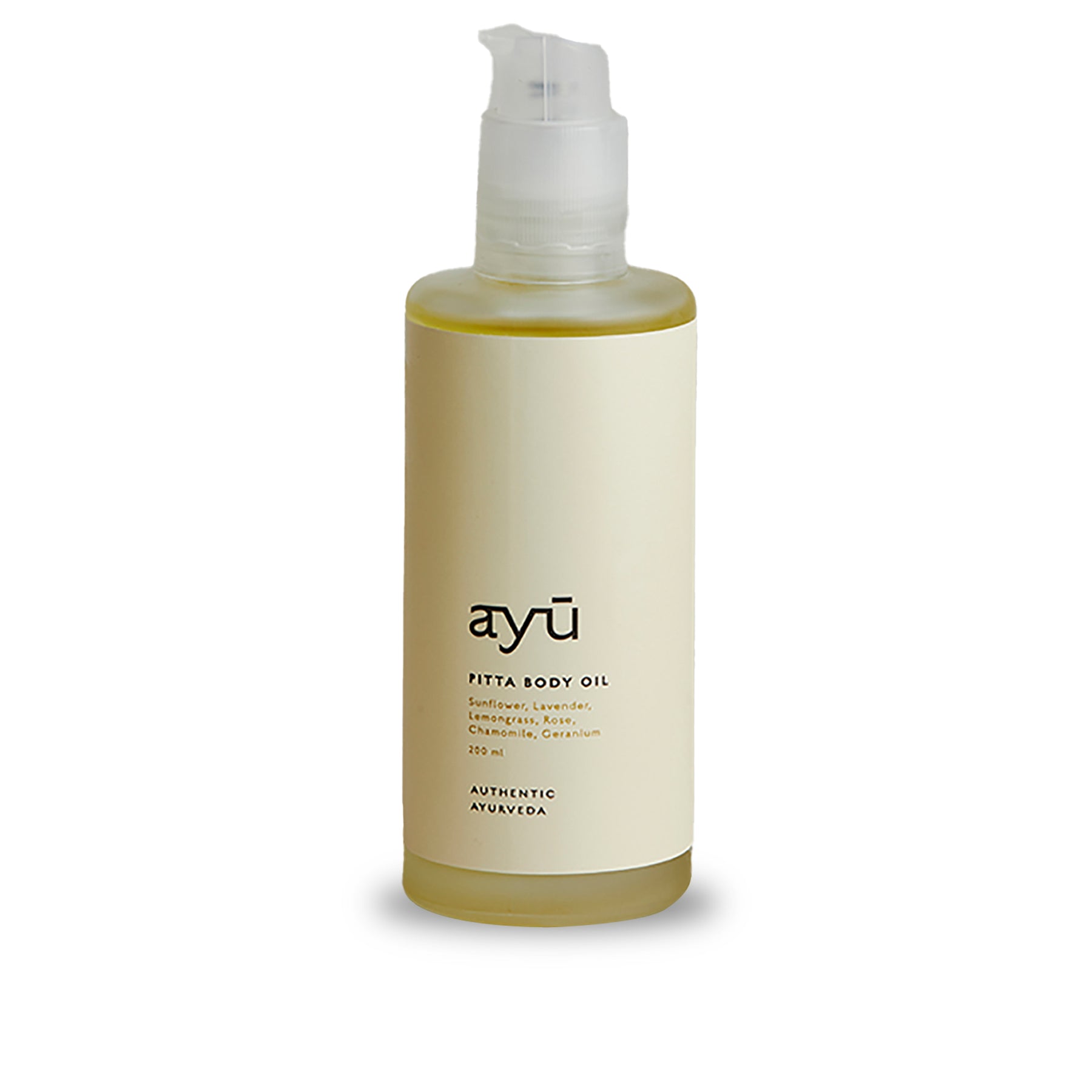
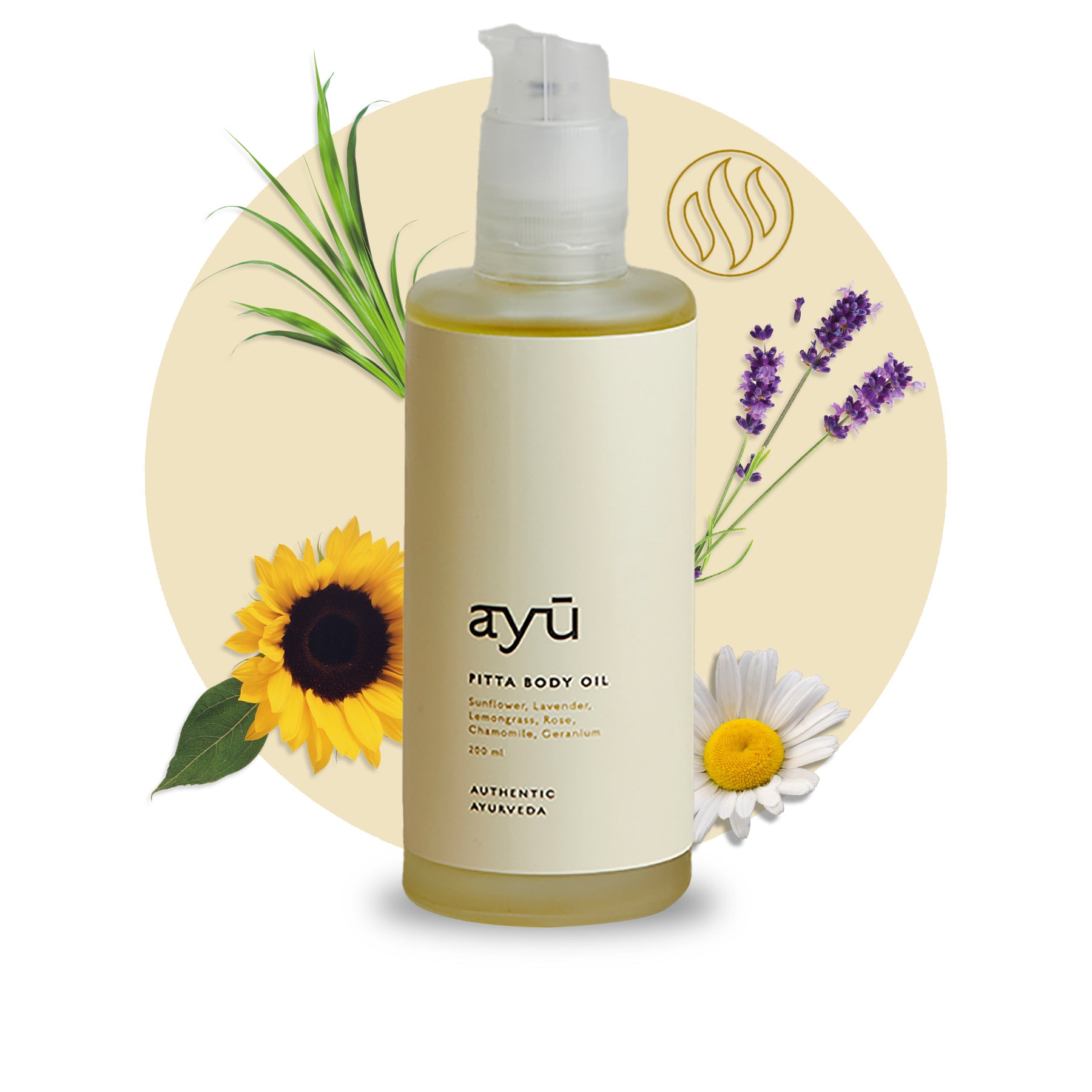
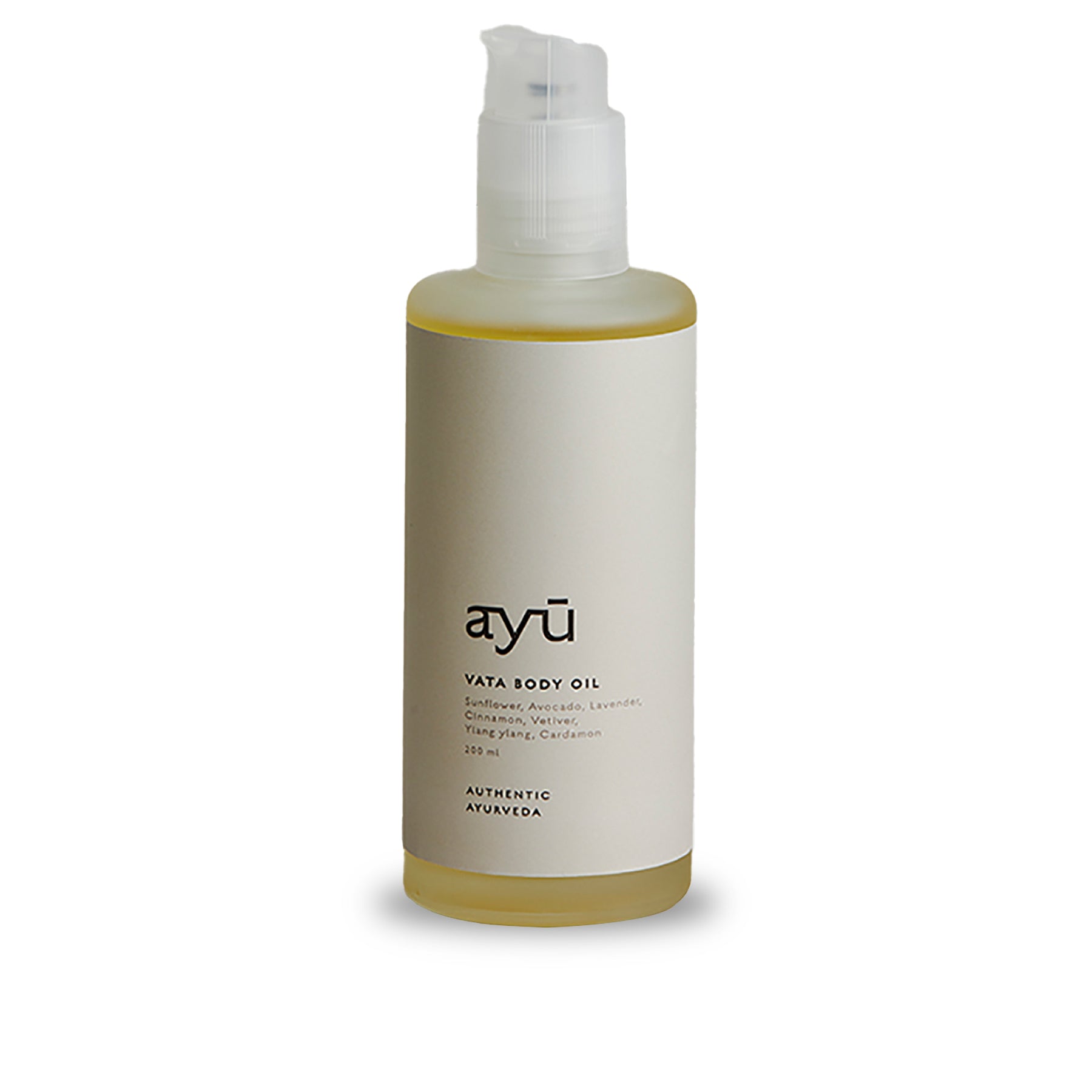
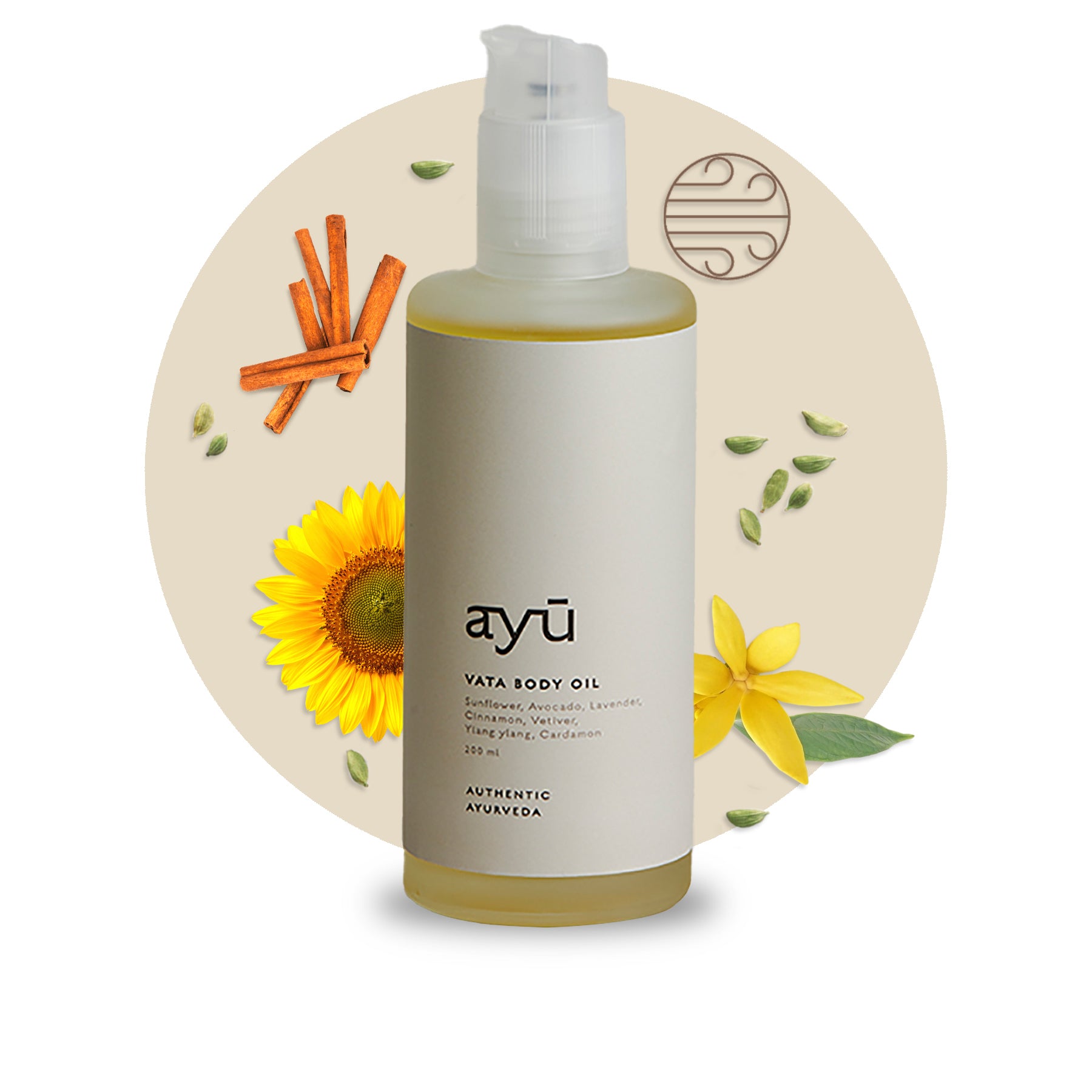
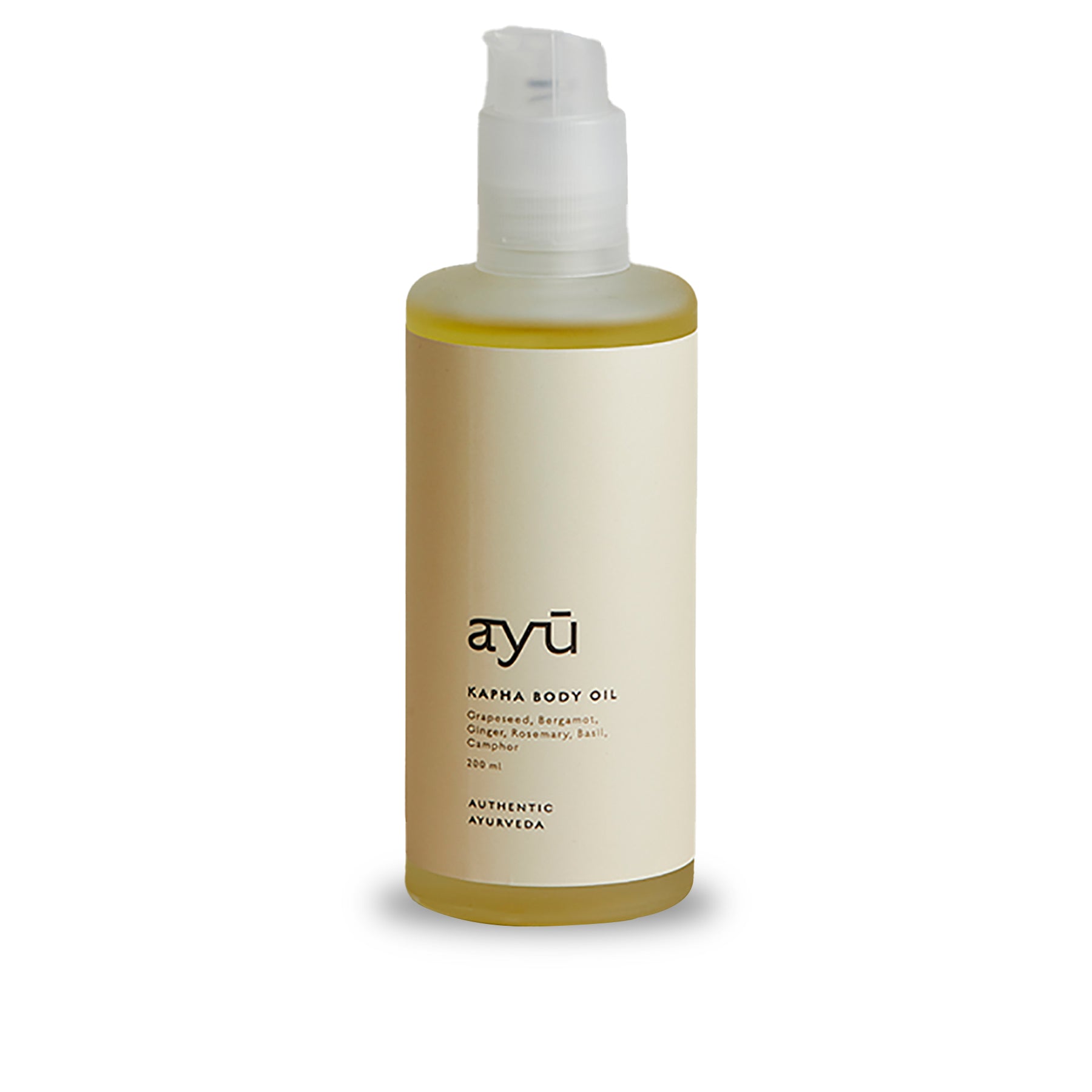
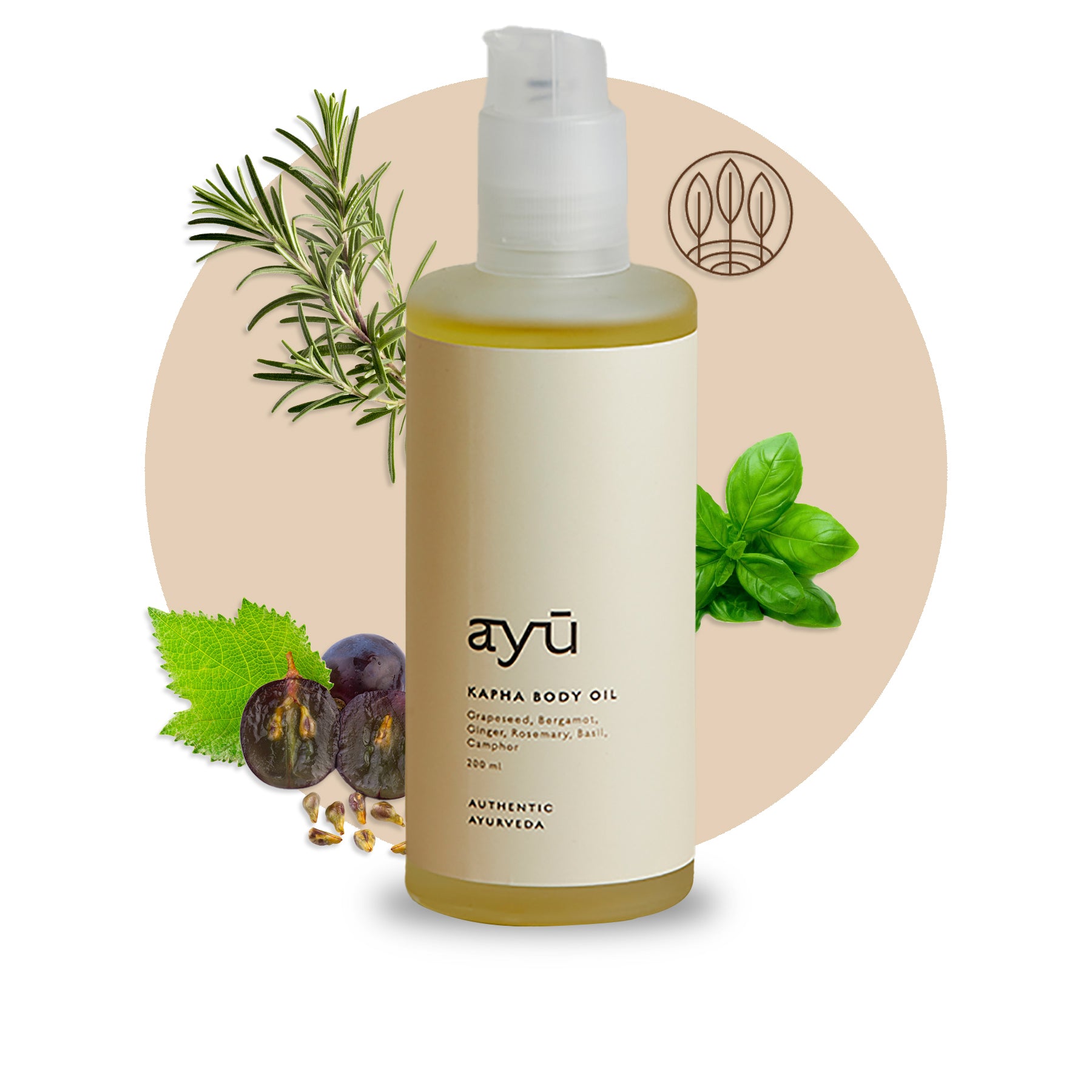
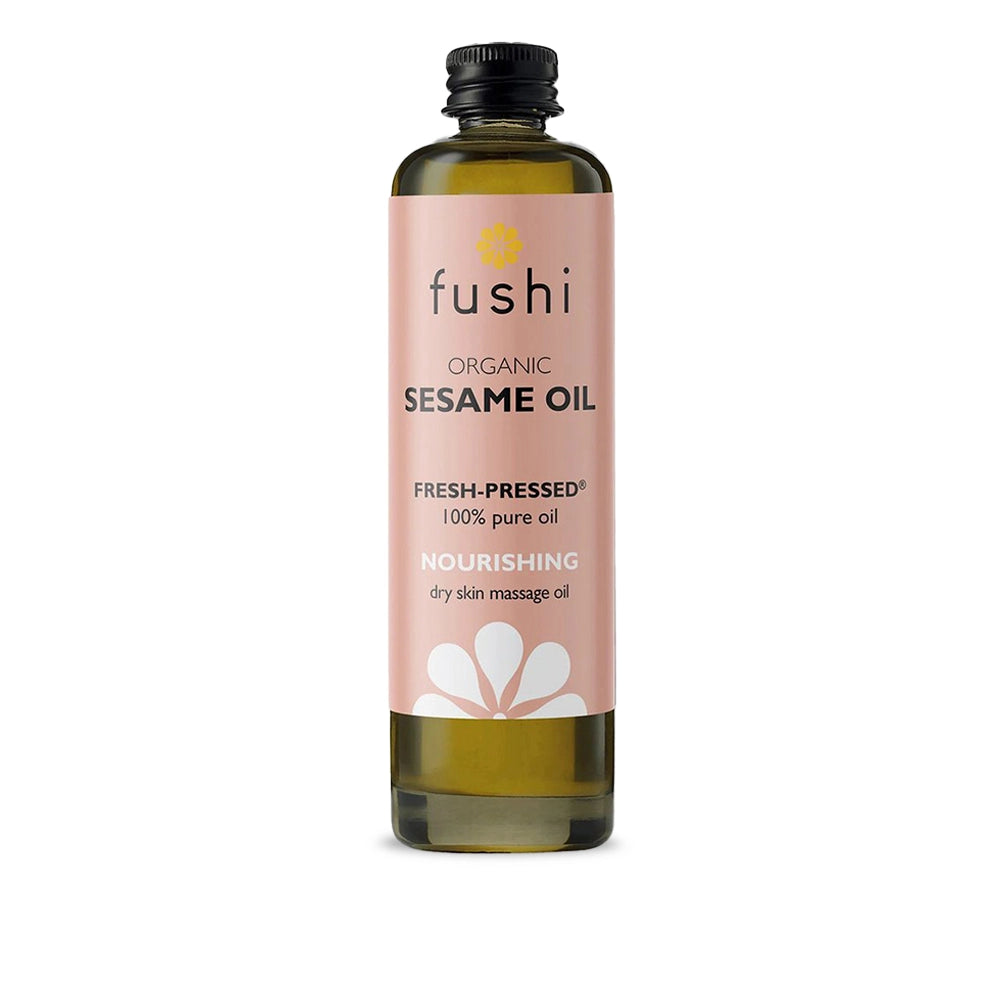
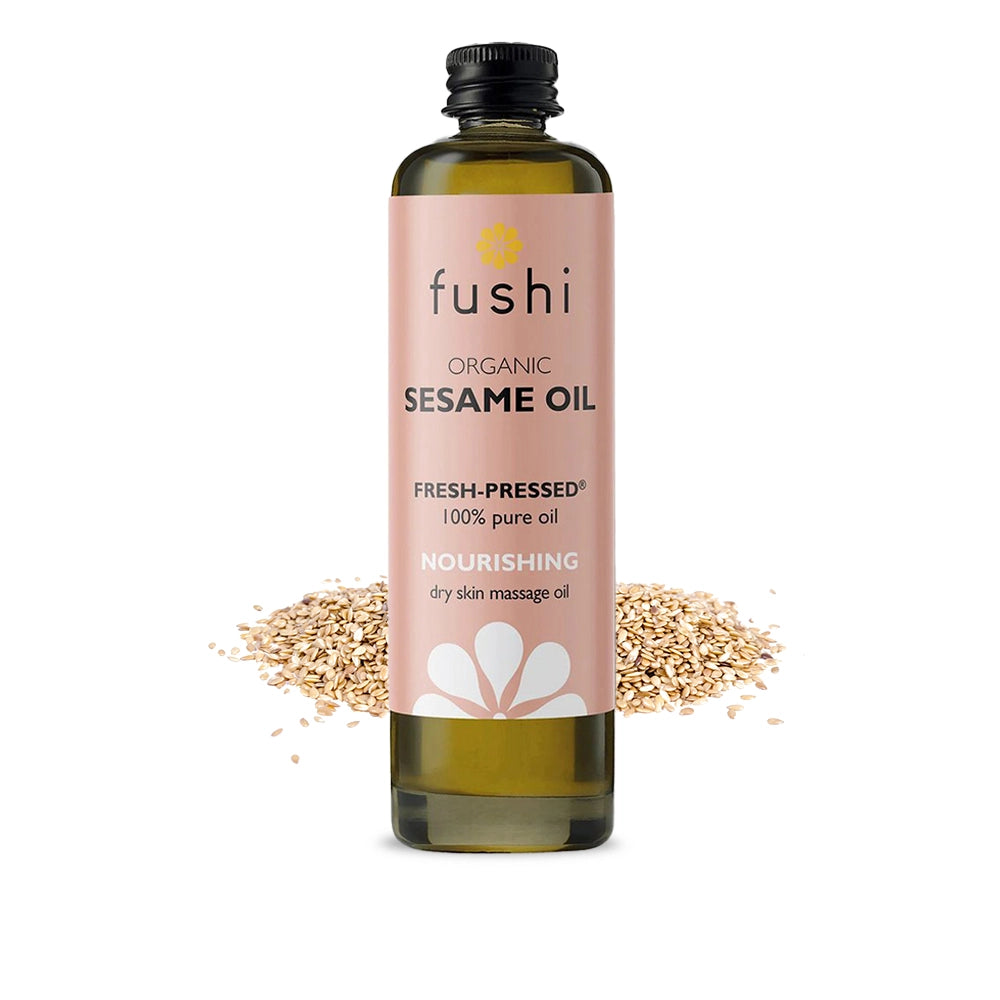
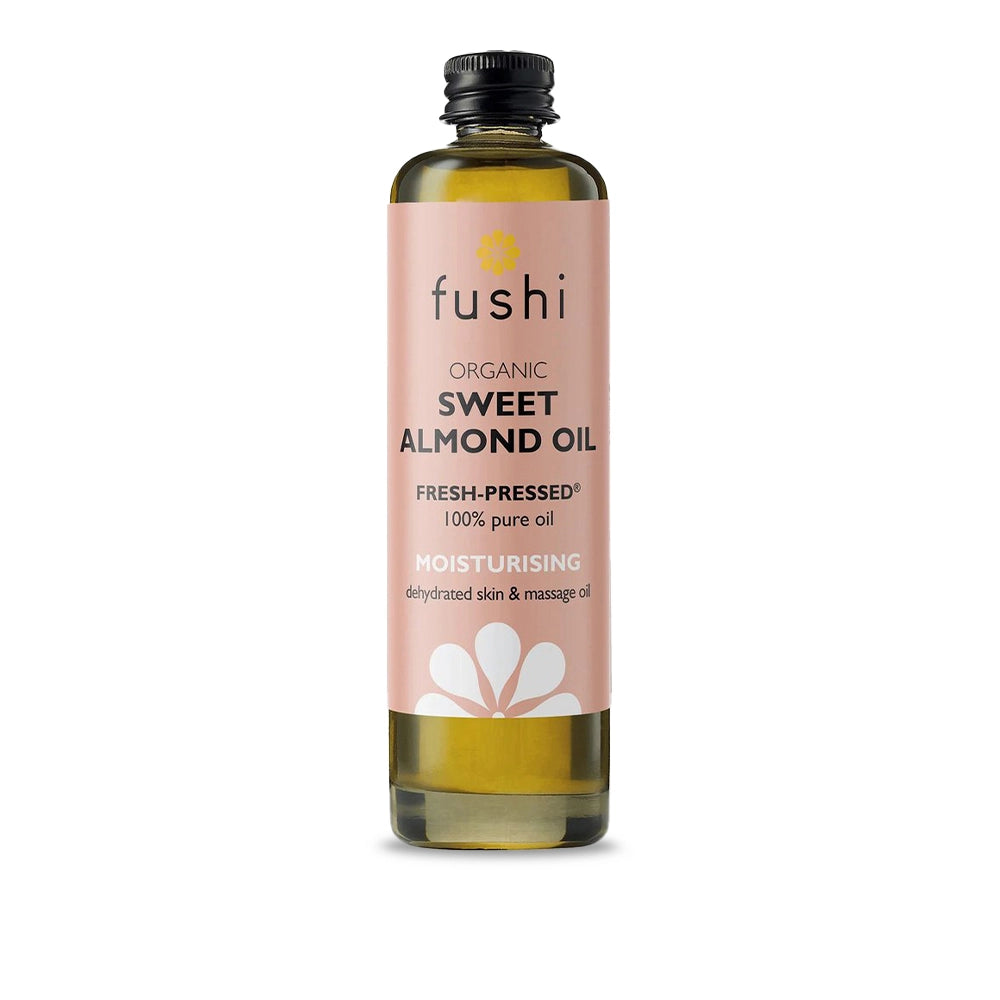
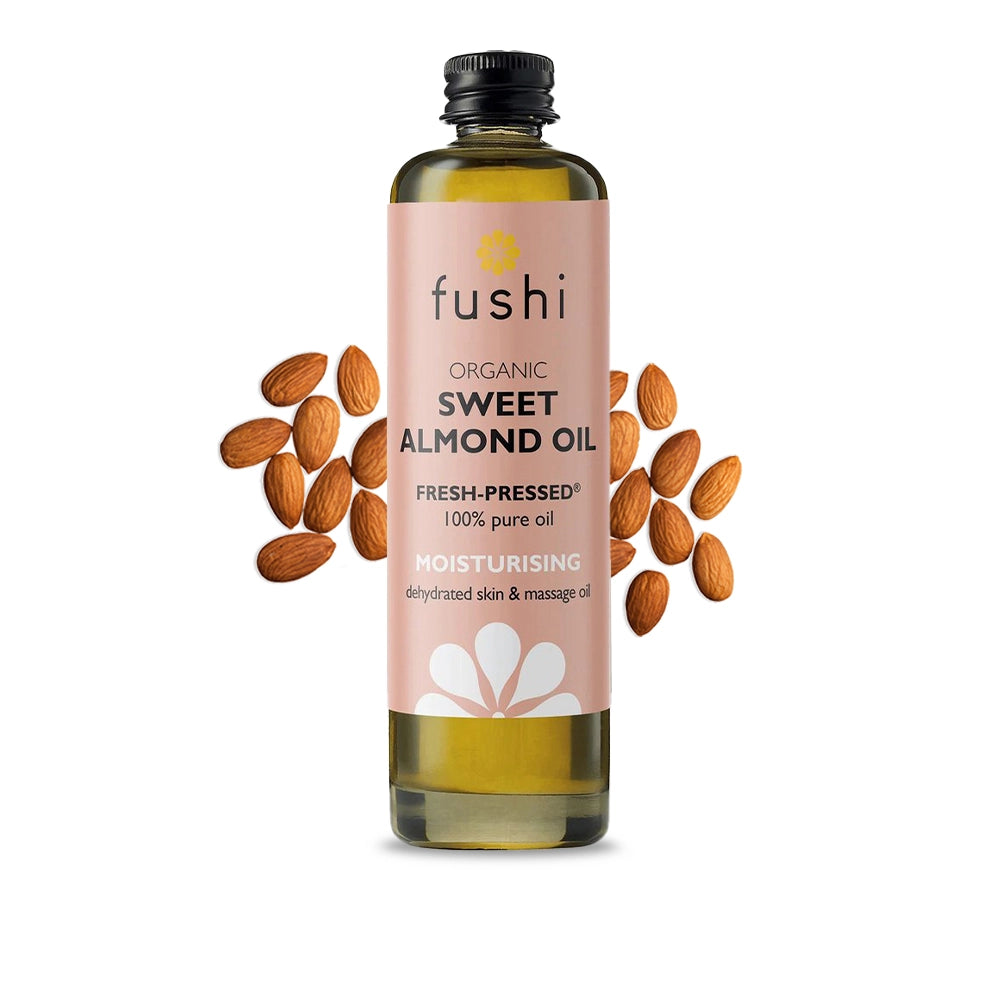
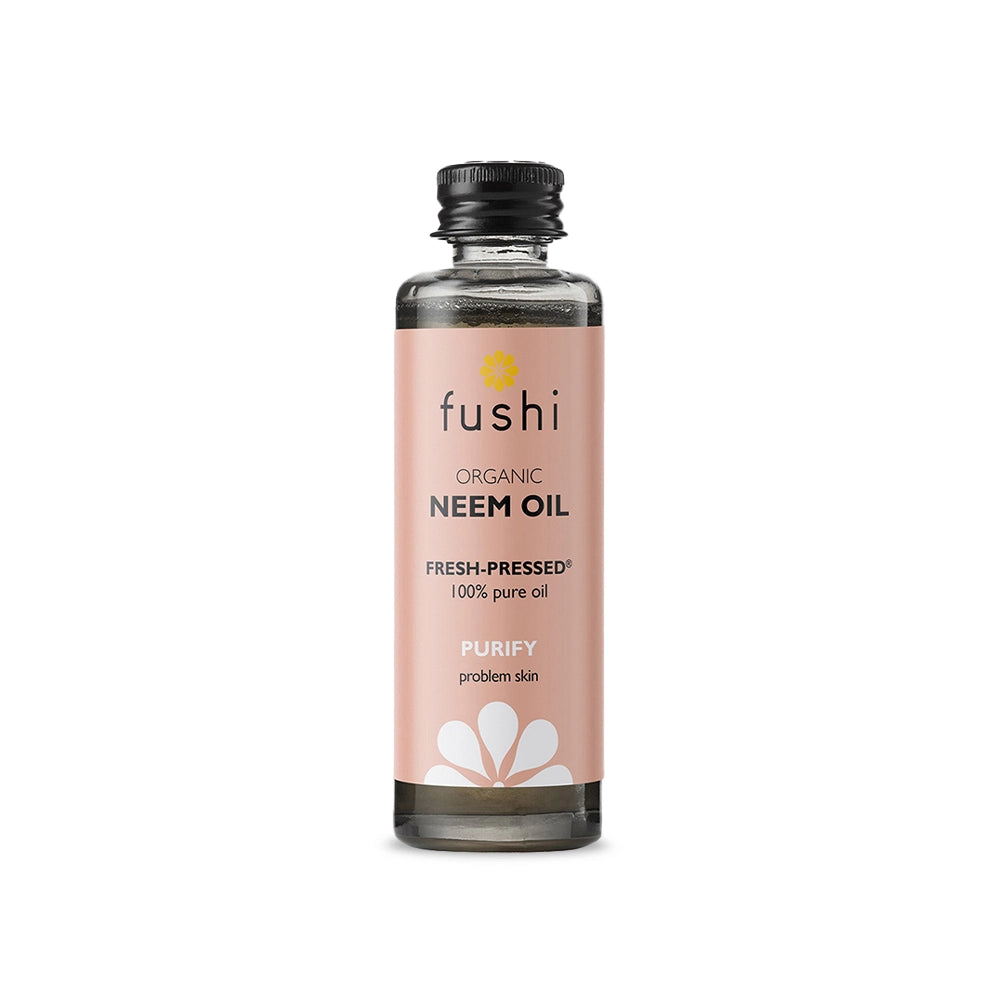
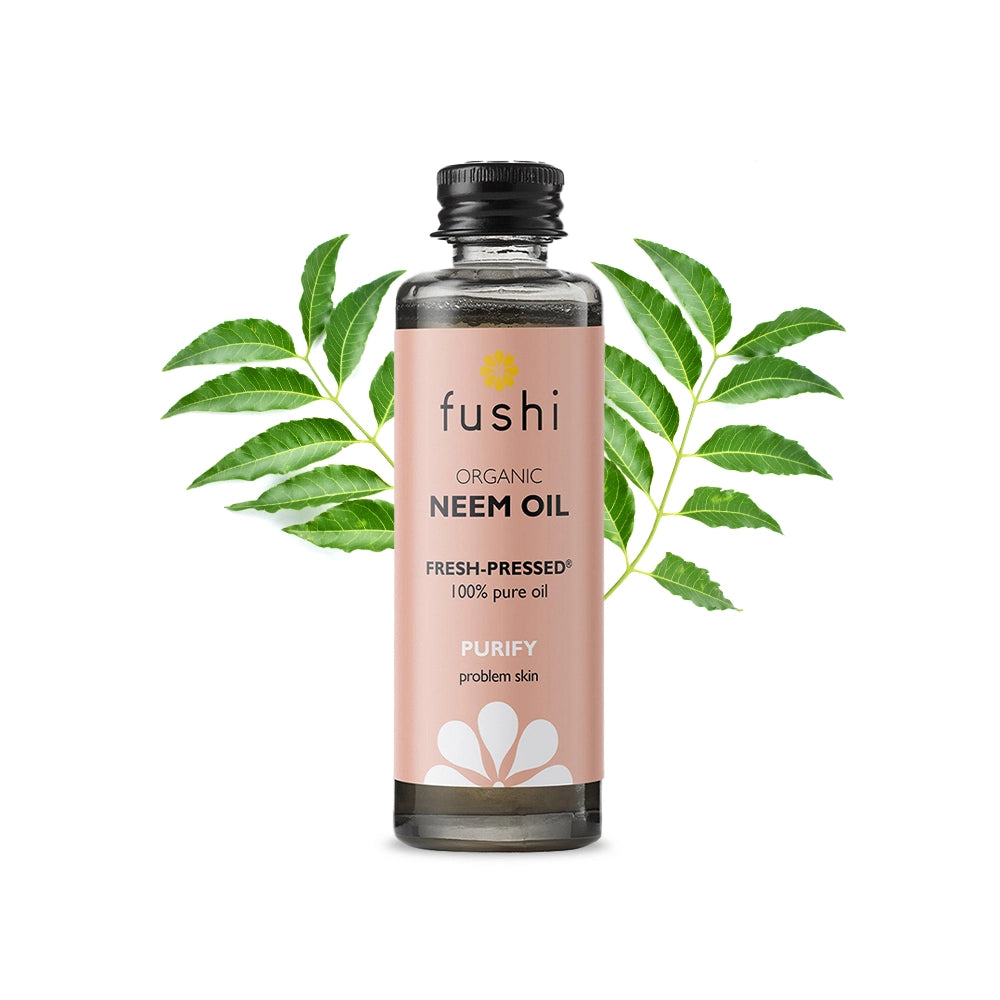
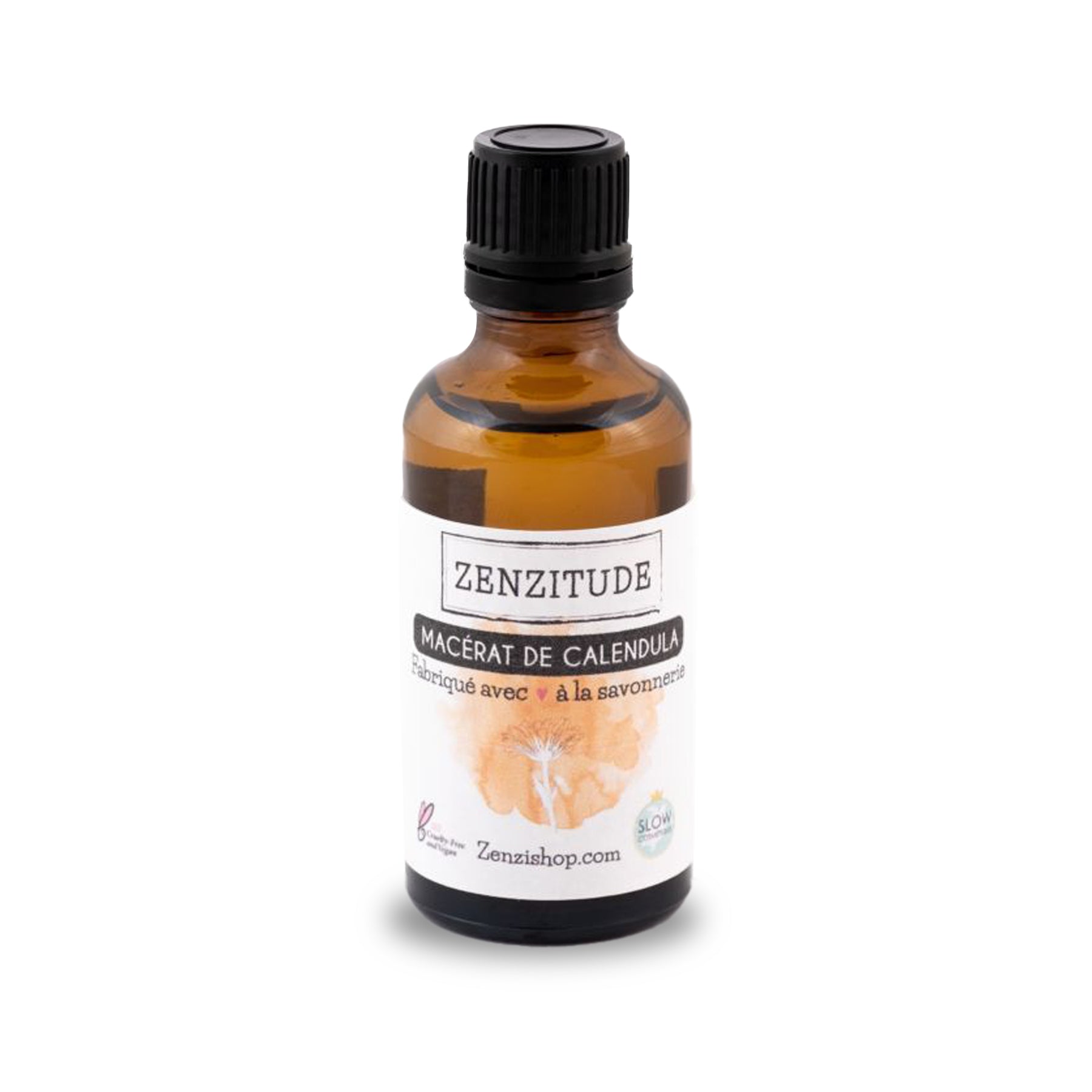
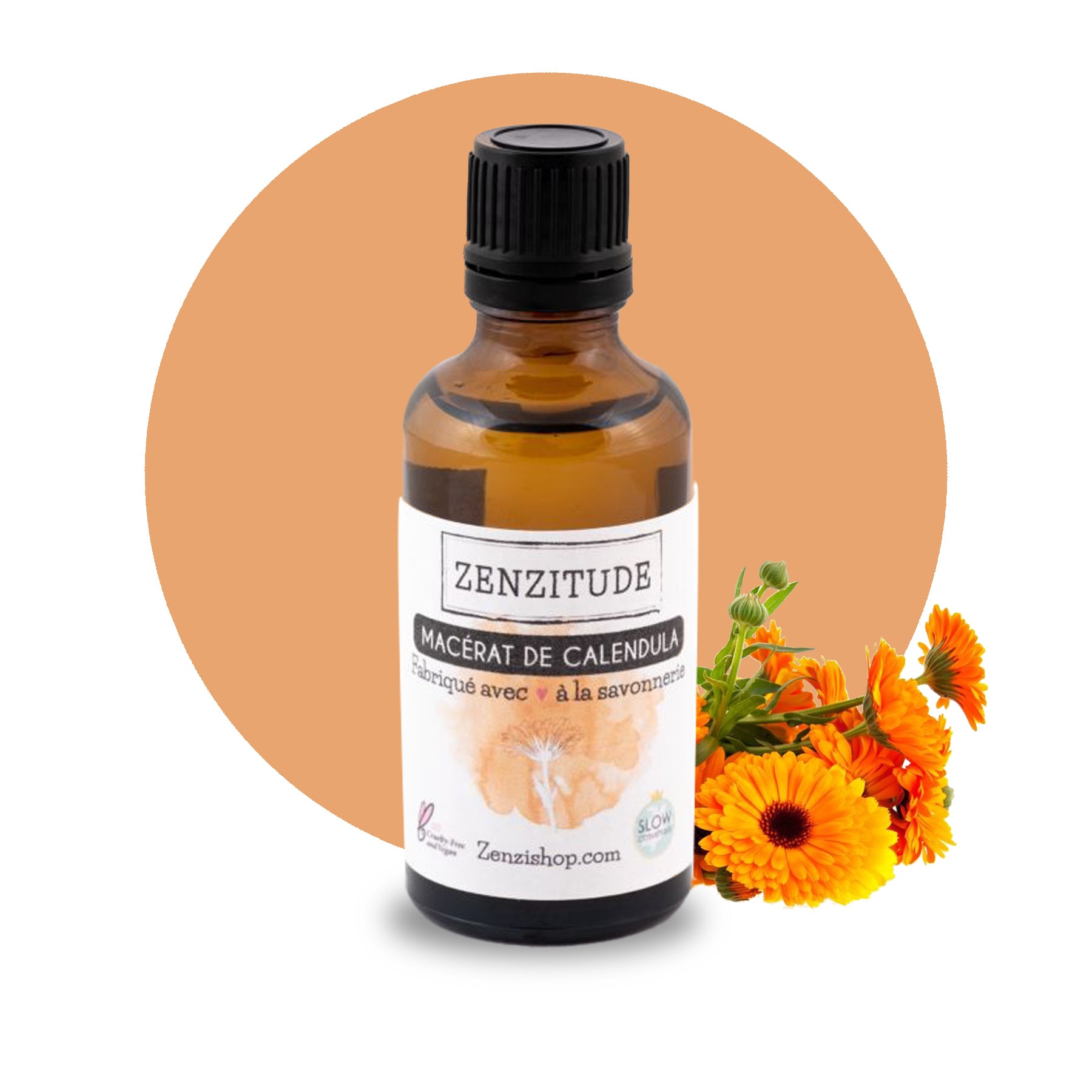
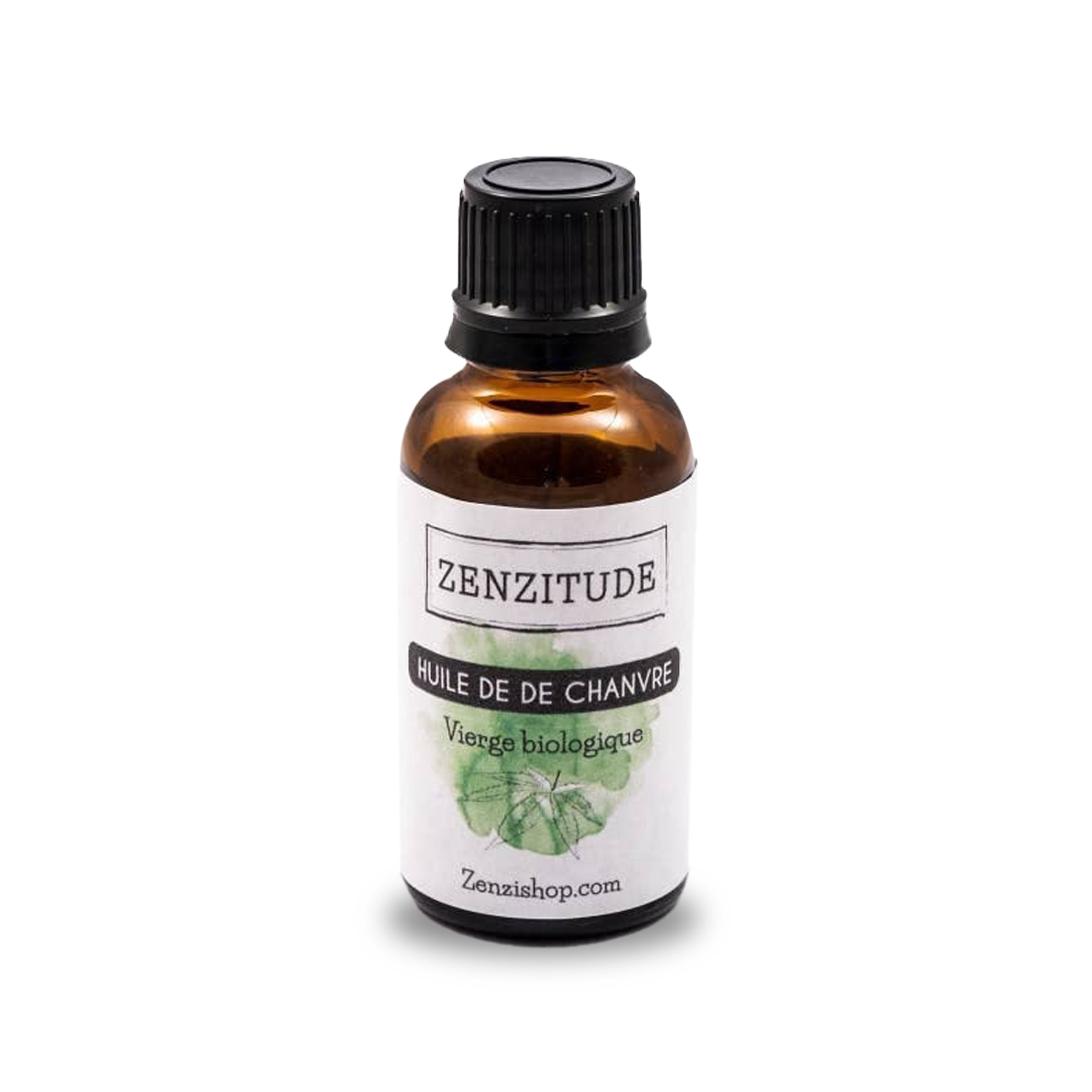
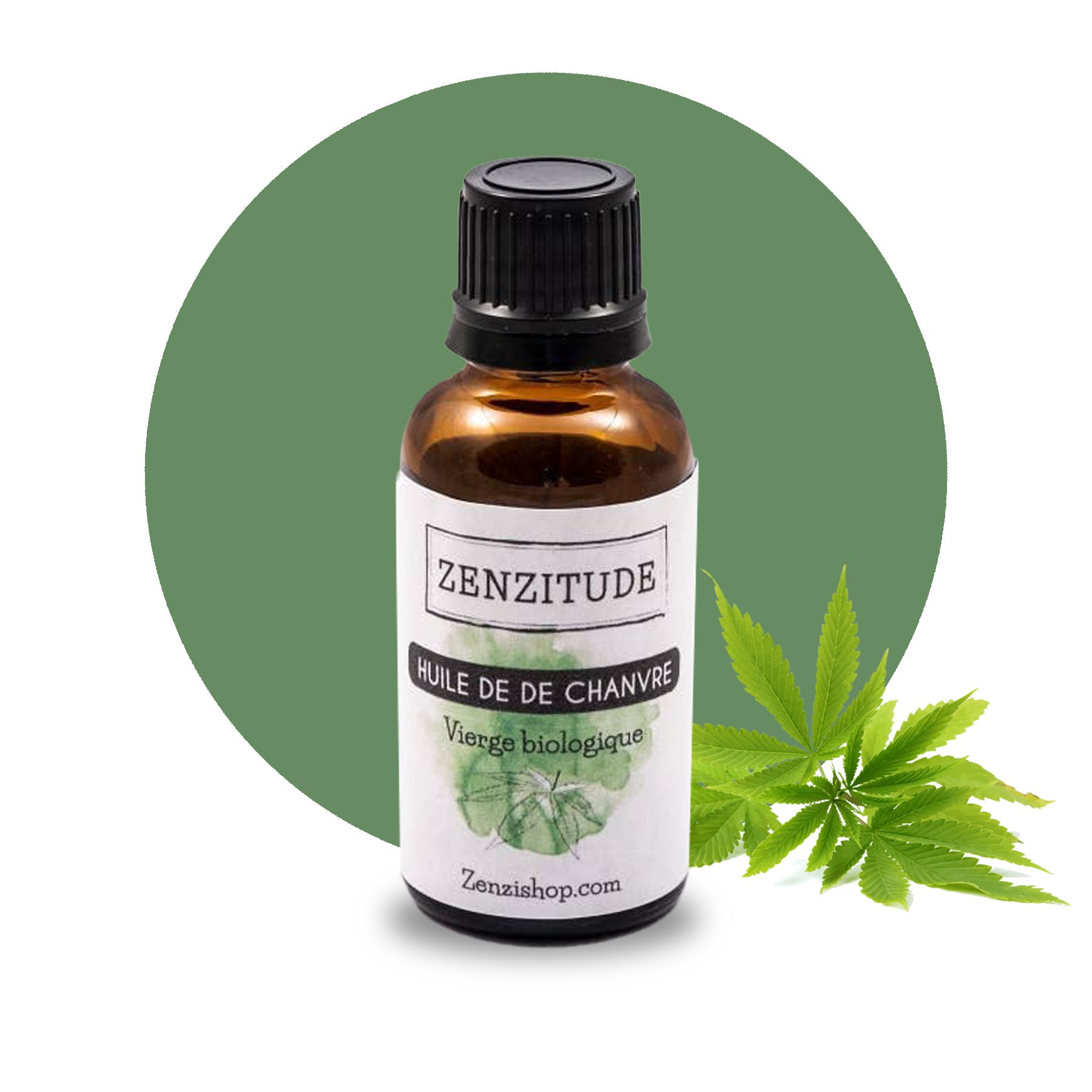
Leave a comment
This site is protected by hCaptcha and the hCaptcha Privacy Policy and Terms of Service apply.